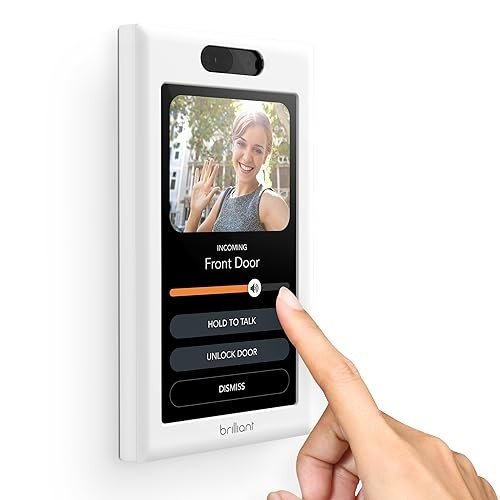Contemporary Lighting in the UK: Transforming Spaces with Illumination
Lighting plays an important function in specifying the atmosphere and functionality of any area. In the UK, contemporary lighting has actually emerged as a considerable style component, offering innovative services that mix aesthetic appeals with functionality. This article delves into the numerous designs, products, and technologies shaping contemporary lighting, along with pointers for selecting the most suitable fixtures for various settings.
The Evolution of Contemporary Lighting
Contemporary lighting in the UK shows the changing tastes and technological developments in style. It encapsulates a wide variety of styles, including:
- Minimalist: Characterized by simpleness and clean lines, minimalist lighting fixtures focus on kind and function without unnecessary embellishments.
- Industrial: Inspired by metropolitan settings, industrial lighting integrates raw materials like metals and woods with vibrant styles, creating edgy, functional pieces.
- Scandinavian: Known for its heat and simpleness, Scandinavian lighting often includes soft colors and natural materials, concentrating on producing a comfortable environment.
- Smart Lighting: This modern trend integrates innovation with design, enabling users to control their lighting with mobile apps, voice commands, or automation systems.
To illustrate the advancement and range in the field of contemporary lighting, consider the table below, which highlights essential qualities of different designs.
| Style | Secret Characteristics | Popular Materials | Perfect Spaces |
|---|---|---|---|
| Minimalist | Easy, functional designs | Metal, glass, wood | Modern homes, workplaces |
| Industrial | Raw, incomplete appearance | Steel, concrete, wood | Lofts, galleries |
| Scandinavian | Comfortable, warm aesthetics | Natural fibers, light wood | Living spaces, coffee shops |
| Smart | Integrated technology, automation | Differs widely | Residences, offices, retail areas |
Choosing Contemporary Lighting Fixtures
Selecting the best lighting fixtures for a space needs mindful factor to consider of a number of factors. Here are key components to keep in mind:
1. Function of the Space
Before selecting fixtures, think about the desired usage of the location. Various functions require different kinds of lighting:
- Task Lighting: Focused lighting for activities such as reading, cooking, or studying. Examples consist of table lamps and under-cabinet lights.
- Ambient Lighting: General lighting that offers total lighting. Ceiling lights and pendant fixtures fall under this classification.
- Accent Lighting: Designed to highlight particular functions or locations, such as artwork or architectural information. Wall sconces and mounted lights prevail options.
2. Design and Theme
The lighting should match the existing decor. Go with fixtures that match or improve the overall theme of the area, whether it's contemporary, rustic, or eclectic.
3. Size and Scale
Consider the proportion of the lighting fixtures relative to the area. A large chandelier may look sensational above a large dining table, while smaller pendant easy work well in compact settings.
4. Energy Efficiency
With increasing energy expenses and ecological concerns, selecting energy-efficient lighting options is essential. LED lights are an outstanding choice, offering durability and lower energy usage.
5. Versatility
In modern style, adaptability is crucial. Fixtures that can be adjusted or rearranged boost functionality, permitting users to create various atmospheres as required.
Popular Contemporary Lighting Brands in the UK
The contemporary lighting market in the UK boasts numerous brand names understood for their innovative designs and quality workmanship. Some notable points out consist of:
- FLOS: An Italian brand name celebrated for its artistic and iconic lighting fixtures that frequently double as art pieces.
- Tom Dixon: A British designer recognized for his modern, industrial styles that perfectly include metal and light.
- Anglepoise: Known for its flexible, functional lamps, perfect for a variety of settings from office to imaginative studios.
- John Lewis: Offers a variety of contemporary lighting solutions that cater to a wider audience, consisting of affordable yet stylish alternatives.
Frequently Asked Questions about Contemporary Lighting in the UK
1. What is contemporary lighting?
Contemporary lighting refers to lighting designs and fixtures that show present style trends, typically identified by tidy lines, innovative shapes, and using modern products and technologies.
2. How do I select the ideal lighting for my home?
Think about the purpose of the room, existing design, size of fixtures, energy performance, and versatility. Evaluate how each piece will add to the general atmosphere and performance of your space.
3. What are some energy-efficient lighting choices available in the UK?
LED lights are the most popular energy-efficient choice, understood for their long life expectancy and low energy intake. Compact fluorescent lights (CFLs) and halogen bulbs are other alternatives.
4. Where can I buy contemporary lighting in the UK?
Contemporary lighting can be discovered in various retail outlets, both online and in physical shops. UK Lighting Online consist of John Lewis, Habitat, and specialized lighting stores.
5. Can contemporary lighting operate in traditional spaces?
Definitely! Contemporary lighting can boost traditional areas when selected attentively. Picking fixtures with a balance in between modern and classic elements can produce an unified style.
Contemporary lighting in the UK represents more than simply illumination; it embodies style innovation and creativity, transforming spaces and boosting performance. As trends continue to evolve, homeowners and designers alike can check out an expansive variety of designs and innovations, making sure that every room bursts with life, heat, and character. By considering the important aspects outlined in this post, one can curate a collection of lighting fixtures that resonates with individual style and satisfies useful needs, ultimately shaping comfy and visually attractive environments.

